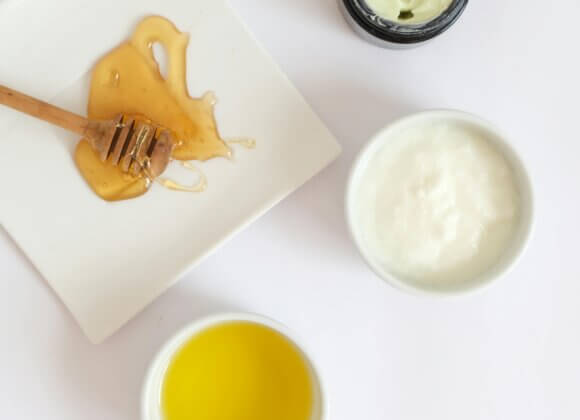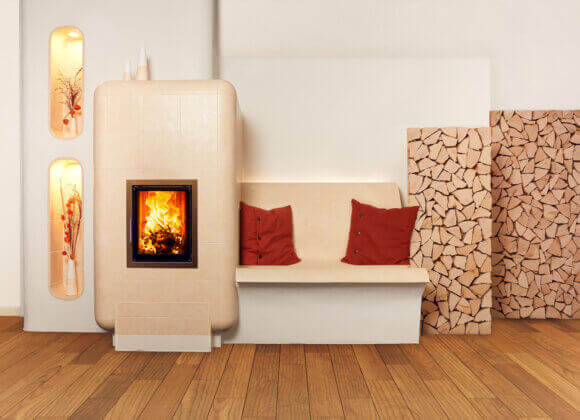You can’t escape them in your own home, on public transport or at work – germs are everywhere. In some places, however, there are still a few more…
In microbiology, microorganisms such as bacteria, viruses and fungi are referred to as “germs”. They are not only found around us, but also inside us – in our skin, mucous membranes and intestines. In the human digestive tract alone, for example, there are around 1000 different types of bacteria, as well as fungi, viruses and yeasts.
How dangerous are (household) germs really?
Many germs, specifically more than 95 percent, are completely harmless to humans. Some are even necessary, for example for the metabolism. However, some can cause illness, especially if the human immune system is weakened – usually colds or gastrointestinal diseases.
The best-known pathogenic microorganisms that occur in our environment include cold, flu and corona viruses as well as herpes, rota and noroviruses, bacteria such as salmonella, streptococci, borrelia, heliobacter pylori and legionella, and fungi such as skin fungi, yeasts and some molds.
Viruses and co. are transmitted in different ways: Some are transmitted via the air we breathe, others via contact or smear infection.
Under what conditions do germs feel particularly at home?
Germs feel particularly at home where it is warm and humid and where there is no UV light. If there are also nutrients, bacteria and fungi can even multiply, whereas viruses cannot.
Which household items are real germ traps?
Anyone who thinks the toilet is the number one germ trap is wrong. The situation is different in the kitchen: Dish sponges and brushes, as well as tea towels and chopping boards, provide the ideal environment for germs. The same applies to the sink and the tap.
However, the refrigerator is an even bigger germ trap: according to a study by the University of California, an average of 11.4 million germs can be found per square centimeter of surface area – in contrast, there are only around 100 pathogens per square centimeter on the toilet seat.
However, germs also find a paradise in the bathroom: Bathroom sponges, mats, shower curtains and towels offer them ideal conditions. Keyboards and remote controls are also germ traps.
How can you effectively avoid germs in the home?
In this case, the secret lies in hygiene. But that doesn’t just mean washing your hands. Tea towels, hand towels and bathroom textiles should be changed regularly, preferably once a week, and then washed at 60 degrees if possible.
Dish sponges and brushes, as well as toothbrushes, should be changed regularly and the sink and tap should be cleaned. The surfaces in the kitchen should also be cleaned after every cooking session.
In view of the fact that the kitchen can certainly be described as a germ hotspot, food hygiene also plays a major role: the cold chain should not be interrupted for too long when purchasing raw animal products.
Cutting boards and knives should be washed regularly between cutting individual ingredients during cooking preparations – especially when handling raw meat. The fridge should also be cleaned regularly, about every four weeks – don’t forget the seals!

Related posts:
Washing laundry properly: Detergent, temperature & care tips













